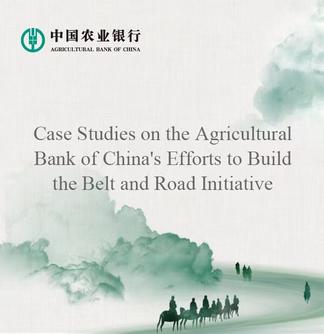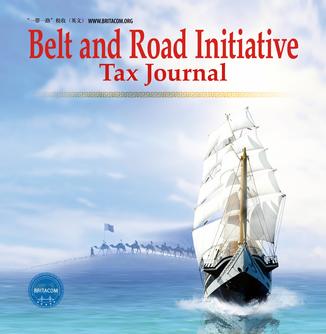
People take a sightseeing train across cole flower fields in Pingyuan Village, Anshun City of southwest China's Guizhou Province, April 6, 2025. (Photo by Yuan Fuhong/Xinhua)
BEIJING, April 9 (Xinhua) -- Data released by China's Ministry of Transport on April 5 showed that cross-regional passenger trips surged to 287 million on April 4, the first day of the Qingming Festival holiday, marking a 9.7 percent year-on-year increase compared to 2024.
Travel platforms reported a rise in short-distance trips and itineraries by high-speed railways, with flower-viewing tours emerging as a top trend.
Experts noted that the holiday's travel surge transformed into consumption growth, while spring scenery infused fresh vitality into cultural tourism. Emerging travel trends during the holiday are expected to set the tone for annual tourism consumption.
-- Taking train to admire blossoms
The phrase "taking a train to admire blossoms" became a holiday slogan.
A Beijing-based outdoor activity agency told China Securities Journal that its pre-holiday flower-viewing routes along the Juyongguan Great Wall were fully booked two days before the holiday, attracting families and tourists of all ages.
Data from Ctrip, a leading Chinese online travel agency, showed that during the holiday, the number of bookings or popular flower-viewing destinations like Wuxi and Huangshan increased by 35 percent and 50 percent year on year respectively.
As a travel hub in the Yangtze River Delta, Shanghai launched its first flower-viewing special train, the G7006, which connects scenic spots such as Zhouzhuang Town in Suzhou and Yuantouzhu Scenic Area in Wuxi. In addition, China Railway Nanchang Group Co., Ltd. added "flower-chasing" routes between Xiamen and Wuyishan, while China Railway Wuhan Group Co., Ltd. launched themed trains to meet diverse travel demands.
Experience-driven activities like tea-leaf picking, bamboo shoot digging, and fruit harvesting also gained traction. Ctrip reported a 50 percent month-on-month increase in searches for farm stays and seasonal picking in March. Spring study tours in Wuyishan and Huizhou saw strong demand among families, according to Tuniu.
-- Rise of "healing" tourism
Slow-paced "healing" tourism in local homestays became a popular choice during the holiday.
According to data from Tongcheng, a major online travel agency, urban residents in cities such as Chengdu, Sanya, and Dali are showing increased demand for local homestays, with with hot springs and tea-brewing experiences becoming key innovations.
Short-distance trips also dominated. Qunar data highlighted frequent travel within two-hour high-speed rail circles, such as Beijing-Tianjin-Hebei and Yangtze River Delta regions. Some travelers opted for cross-border "flash trips" as well.
The holiday's cultural and entertainment activities, including concerts and theater performances, also boosted consumption. Beacon data showed the box office for the films launched during the holiday grossed 314 million yuan (nearly 43.4 million U.S. dollars) by April 6, while concertgoers contributed to over 20 percent of nearby hotel bookings.
-- Blending with traditional culture
Traditional rituals, Hanfu photo sessions, and handicraft workshops resonated with younger travelers during the holiday.
Wang Lin, a Beijing resident, visited Kaifeng's Millennium City Park with her daughter for "immersive" Hanfu-themed photography.
Historical and cultural sites in Beijing, Nanjing, Xi'an, Chongqing and Suzhou saw high foot traffic. Tongcheng reported doubled bookings for immersive experiences like live-action role-playing and costume-themed hotel stays. Destinations such as Mudanjiang's Jingpo Lake Scenic Area saw visitor numbers triple year on year.
Han Yuanjun, a researcher from China Tourim Academy, attributed the trend to growing cultural confidence and innovative integration of traditional elements with technology and niche themes like wellness and youth education.
(Edited by Tian Shenyoujia with Xinhua Silk Road, tianshenyoga0524@163.com)




 A single purchase
A single purchase









